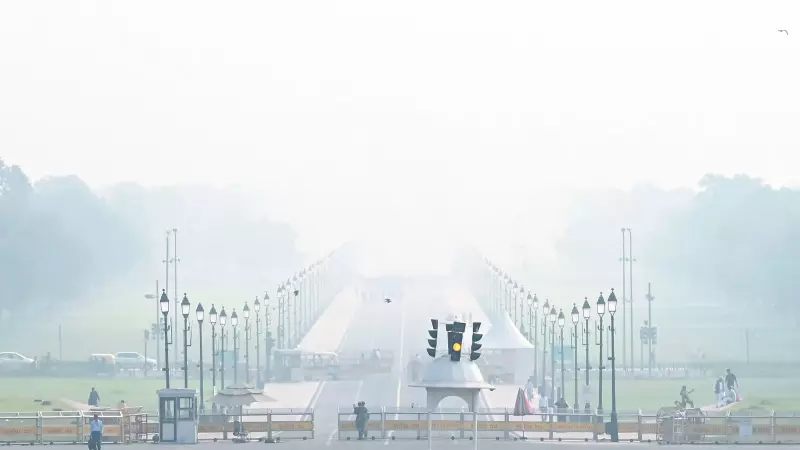
In a groundbreaking move to tackle Delhi's persistent air pollution crisis, the national capital is gearing up for its first-ever cloud seeding trial. The much-anticipated experiment awaits the arrival of a specialized aircraft from Kanpur before commencing operations.
Delhi Environment Minister Gopal Rai confirmed the development, stating that the trial will begin immediately once the aircraft reaches the capital. This initiative represents Delhi's most ambitious attempt yet to explore artificial rain as a potential solution to its severe air quality problems.
The Science Behind Cloud Seeding
Cloud seeding involves dispersing substances into the air that serve as cloud condensation or ice nuclei. This process alters the microphysical processes within the cloud, potentially accelerating the formation of rain droplets. The technique has shown promise in other regions for enhancing precipitation and clearing polluted air.
Preparations and Timeline
The Delhi government has been working closely with scientific institutions and meteorological departments to ensure the trial's success. "We are fully prepared for this experiment," Minister Rai emphasized. "The moment the aircraft arrives from Kanpur, we will initiate the cloud seeding process."
This trial comes at a crucial time when Delhi typically experiences deteriorating air quality during the winter months. The success of this experiment could pave the way for larger-scale implementation during peak pollution seasons.
Environmental Implications
If successful, cloud seeding could become a powerful tool in Delhi's arsenal against air pollution. The artificial rain would help settle particulate matter and pollutants, providing temporary relief from the hazardous air quality that often plagues the city.
The Delhi government views this as part of a comprehensive strategy to address environmental challenges, combining technological solutions with existing pollution control measures.





